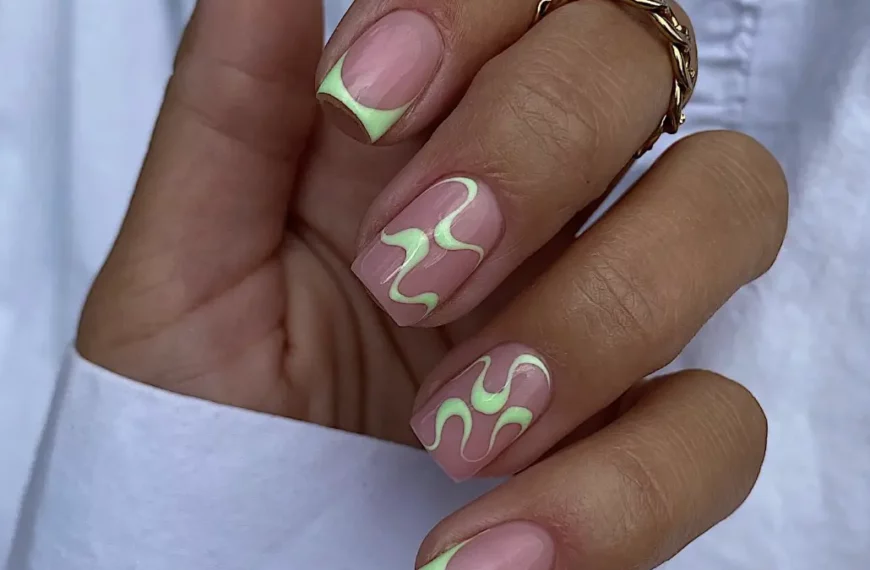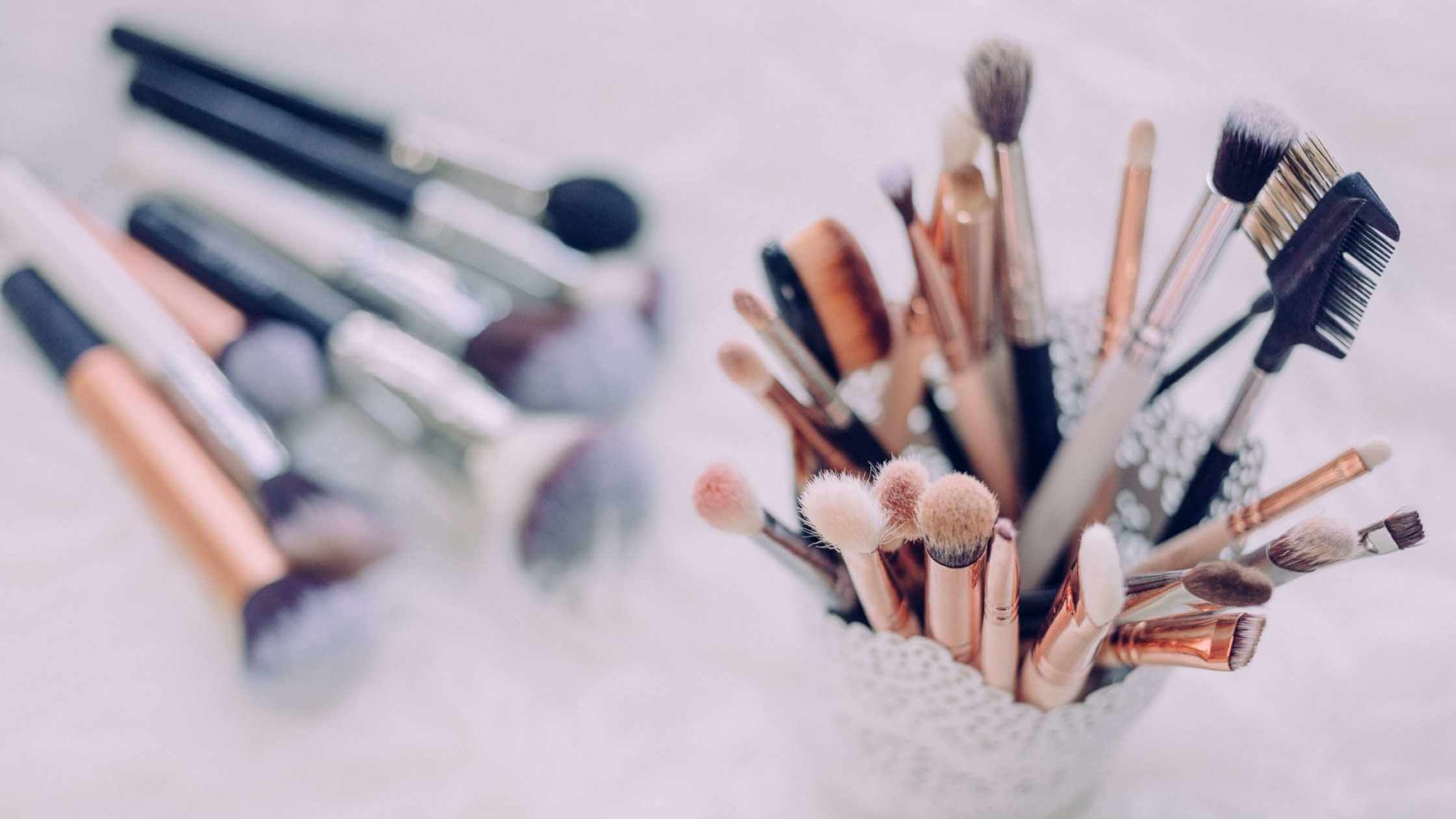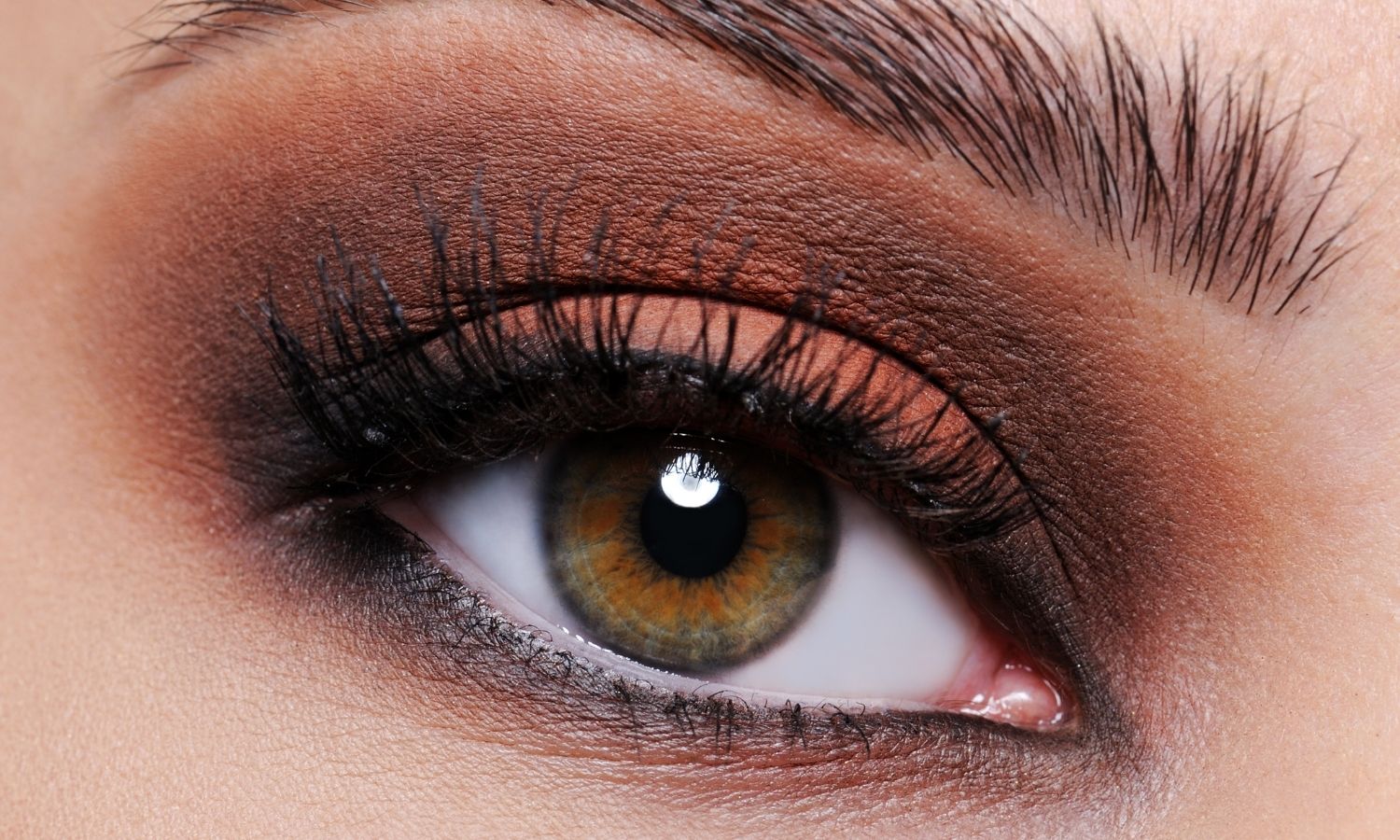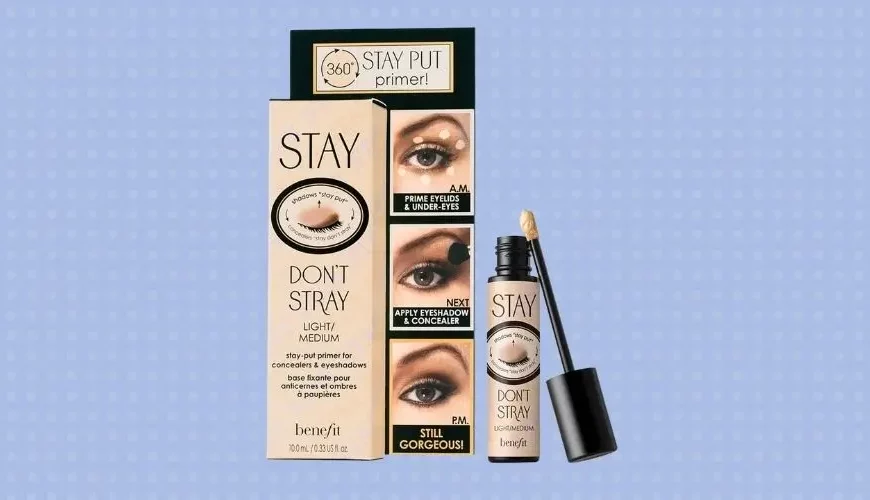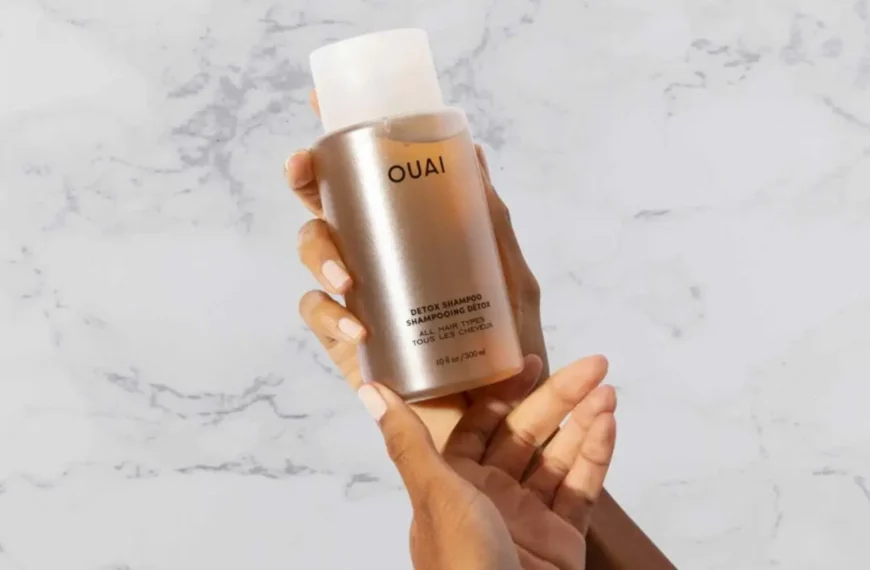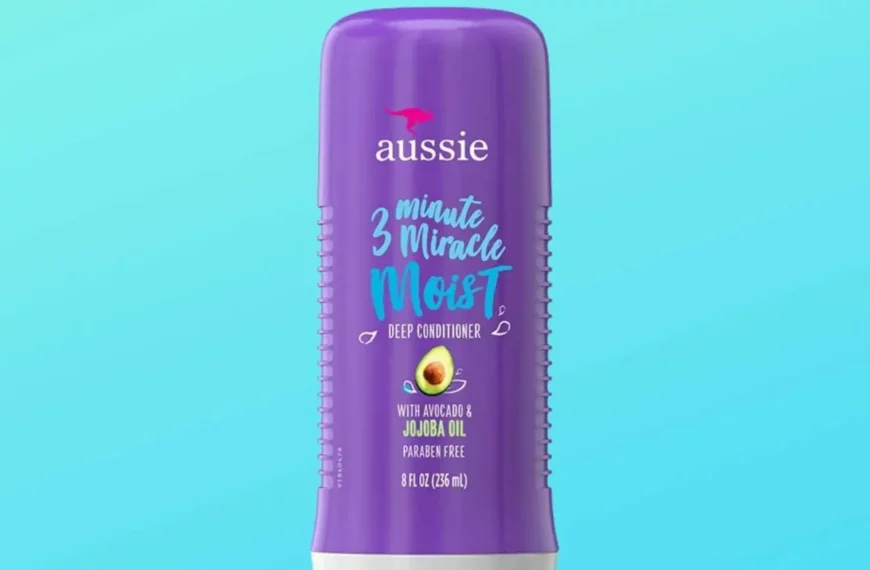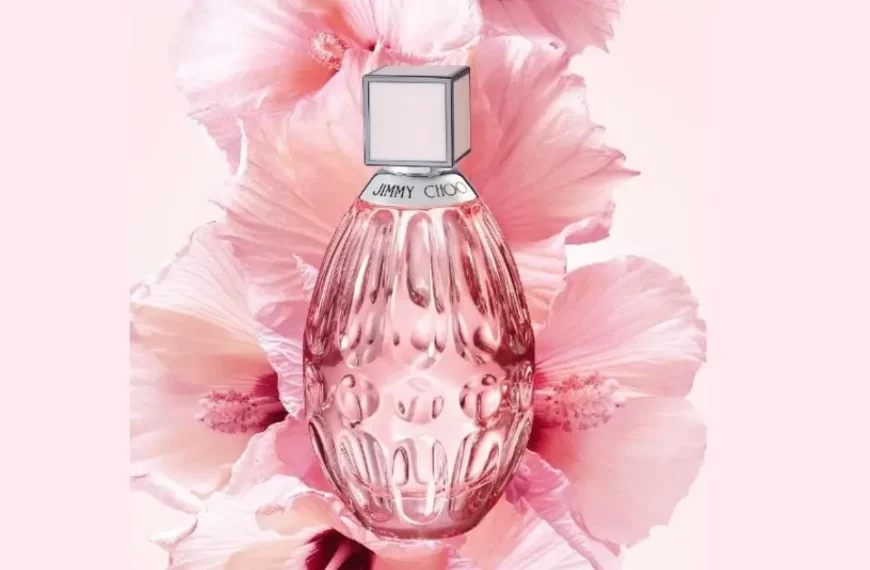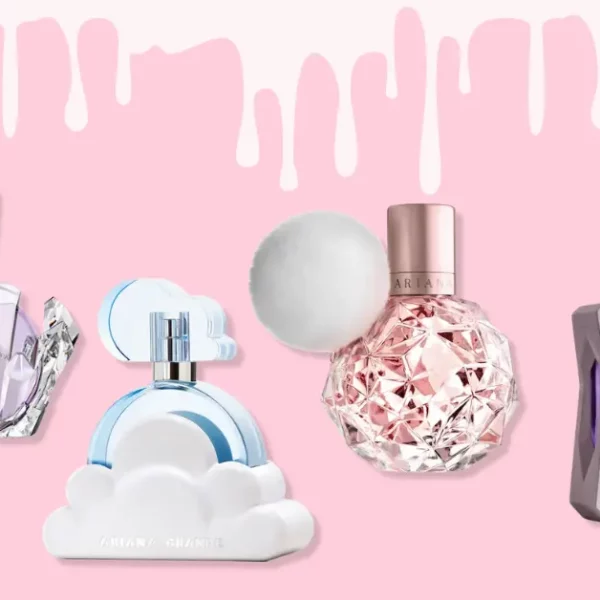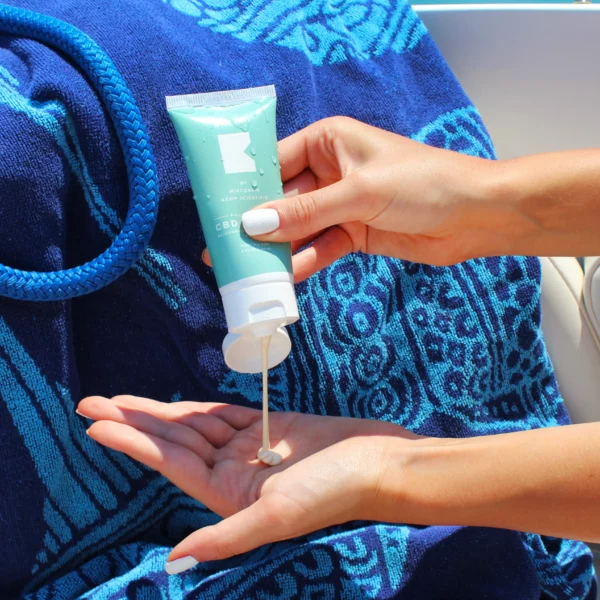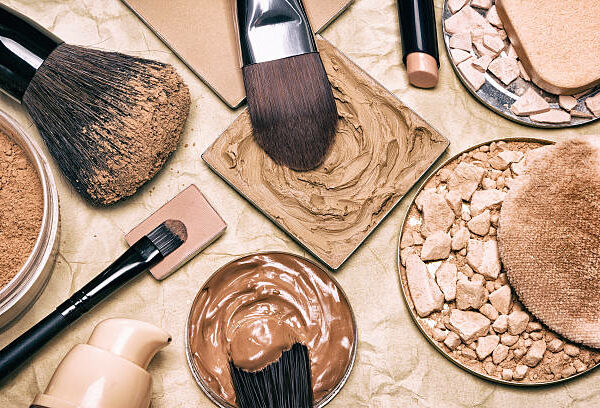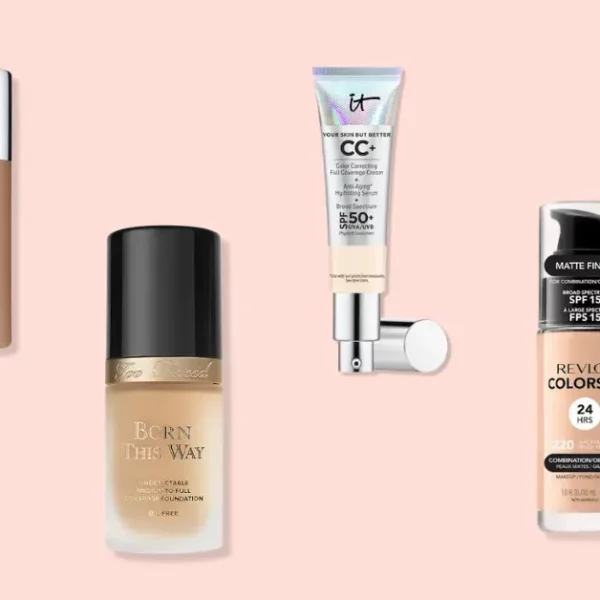Razor bumps are totally normal and common, but that doesn’t mean anyone likes to deal with them. Red, painful, and downright annoying, razor bumps often appear after shaving, especially on your bikini line.
However, it is possible to prevent and treat razor bumps if you know the right treatments. That’s why we asked clinical dermatologist Dr. Ailynne Marie Vergara-Wijangco, MD with Thank Your Skin to share some tips on how to avoid them.
We’ll also hear from beauty expert Marie Jane Lewin, who’s been in the beauty industry for over 30 years, specializing in chronic skin conditions.
So, if you’re tired of those pesky, painful bumps, keep reading to learn 9 ways to prevent razor bumps and get rid of them once and for all.
What Causes Razor Bumps?
First, in order to prevent razor bumps, it helps to understand what they are and where they come from. “The medical term for razor bumps is pseudofolliculitis barbae,” says Dr. Vergara-Wijangco.
“After removing hair by shaving, waxing, or plucking, the hair may curl and turn inward,” she explains. “As the new skin cells grow over the hair, it becomes trapped and causes a bump to form.”
Razor bumps can form on any part of the body where you shave, says Dr. Vergara-Wijangco, “including the face, head, legs, underarms, and pubic area.”
How to Prevent Razor Bumps
Now that you know a little more about these pesky bumps and how they form, let’s talk about prevention. There are several easy methods you can use to prevent razor bumps, most of them involving correct preparation for your skin before you start shaving.
If you’re serious about achieving a smooth shave, try these 9 tips and tricks to minimize razor burn and bumps.
Start with a Sharp Razor
One of the best ways to guarantee razor bumps is to use a dull, worn out razor. “Not all razors are created equal,” says beauty expert Marie Jane Lewin. When it comes to a clean, smooth shave, “a double blade, especially with an added protective bar, is the best.”
“Using a blunt razor can cause damage to the skin,” she says, which is what you want to avoid. Before lathering on the shaving cream, make sure you grab a razor with multiple blades, and to change out your razor often to avoid razor bumps.
Check out our review for one of our favorite razors, the Billie Razor!
Never Share a Razor
Next up, do not share razors with anyone else, even if it’s someone you’re close to. “This is a sure-fire way of risking infection due to cross-contamination,” Lewin explains.
“Using a dirty razor is a mecca for bacteria,” she says, since they contain dead skin cells and other bacteria that can contaminate microabrasions on the skin. To prevent any bumps, burns, and rashes, always use your own razor.
Exfoliate
This is one of the most important ways to get a smooth shave that a lot of people often overlook. If you exfoliate before you shave, preferably the day before, you’ll remove dead skin cells for a smoother surface to work with.
“Salt-based scrubs are the best,” suggests Lewin. She says for an easy, inexpensive exfoliator, try using “equal parts of a fine grade sea salt & a liquid body wash.” For best results, rub gently in circular motions, then rise.
Wash with Warm Water
Lewin explains that washing with warm, soapy water makes the surface of your skin smoother by eliminating goosebumps.
Plus, after using warm water, “your pores are open and hair is easier to remove,” says Lewin. Overall, this helps prevent ingrown hairs from forming.
RELATED: 11 Best Shower Mirrors for Shaving
Use Shaving Cream or Gel
To help your razor easily cut through hairs and prevent too much friction, you need to use a shaving cream or gel while shaving. Shaving without this can cause dryness, irritation, and razor burn.
“Use a shaving cream or gel appropriate for the person’s skin type,” advises Dr. Vergara-Wijangco. “People who experience acne may wish to opt for a shaving gel that is safe for acne-prone skin. Those with dry skin should choose a product that contains moisturizer.”
For the best shave, you want your skin to be as hydrated as possible, so next time you’re in the shower, make sure to grab some shaving cream instead of just using water.
Never Shave Dry
To avoid abrasive irritation on your skin, you should never dry shave, even if you’re in a hurry. According to beauty expert Lewin, this is a “sure-fire way of causing skin trauma resulting in infection & ingrown hairs.”
If you’re running late and don’t have time to shave, it’s best to skip shaving altogether rather than dry shave and risk some serious razor burn.
Moisturize
You should always apply moisturizer after every time you shave! This creates a barrier for your skin and helps prevent irritation and excessive dryness.
“When you shave, a fine layer of skin is also removed,” explains Lewin, “so apply a moisturizer to protect and hydrate.”
Apply Aftershave
Aftershave was quite literally made to reduce irritation, damage, ingrown hairs, and razor bumps. However, if you’re planning to apply aftershave on your bikini line, it’s best to choose something natural since it’s such a sensitive area.
Aloe vera and apple cider vinegar are great options for natural aftershave. But, if you prefer to find one online, here are some top rated products on Amazon: Shaveworks The Cool Fix Aftershave for Women or Tend Skin Aftershave Solution.
Shave with the Grain
It might sound counterintuitive, but to prevent razor bumps, you should shave in the direction the hair is growing.
Shaving against the grain tugs the hair away from the skin and can cause some major irritation and razor bumps.
How to Get Rid of Razor Bumps
If you’re already suffering from razor bumps, don’t panic: there are several easy ways to soothe and treat them.
Just like it works to prevent razor bumps, moisturizing will go a long way in treating them as well. However, try to choose a moisturizer suitable for sensitive skin. “Avoid skin care products that contain irritating ingredients,” says Dr. Vergara-Wijangco, “which could make inflammation worse.”
(If you’re unsure whether or not your skincare products are safe, check out our list of ingredients to avoid in your skincare).
The same thing goes for exfoliating. By gently exfoliating any areas with razor bumps, you’ll remove dead skin cells that might further irritate your skin, and you’ll promote healing.
If these don’t work, you can use an acid-based product to help clear up razor bumps. Dr. Vergara-Wijangco advises to “cleanse the skin with a product that contains salicylic acid or glycolic acid to help clear pores and remove excess skin cells from the surface.”
To Sum It Up
Overall, razor bumps are a widely shared experience that nobody is a fan of. They are manageable, however, with the right shaving methods, tools, and products. To sum up the best ways for how to get rid of razor bumps and prevent them, here’s a short recap:
- Use a sharp, clean razor
- Never share your razors
- Exfoliate regularly
- Wash with warm water
- Never dry shave
- Always use a shave cream or gel
- Follow the direction of the hair
- Apply aftershave
- Moisturize!
We hope these tips and tricks help you prevent razor bumps during your next shave (or get rid of razor bumps if you already have them). Follow these simple rules and you’re sure to achieve your best shave yet!
